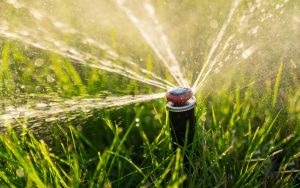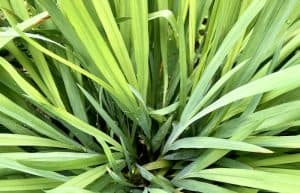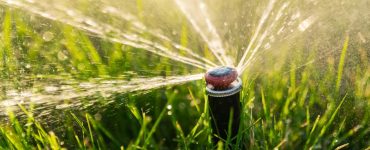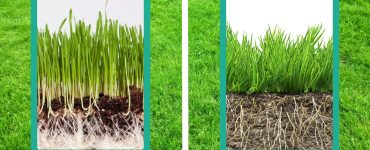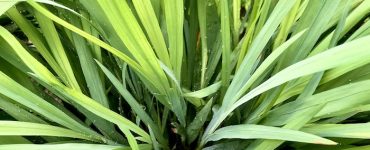If you’re considering transforming your lawn into a lush, green paradise using wheatgrass, you’ve come to the right place. Wheatgrass has been a subject of both admiration and skepticism when it comes to its viability as a lawn alternative. In this comprehensive blog post, we will delve into the common myths surrounding wheatgrass lawns and shed light on the factual information you need to make an informed decision.
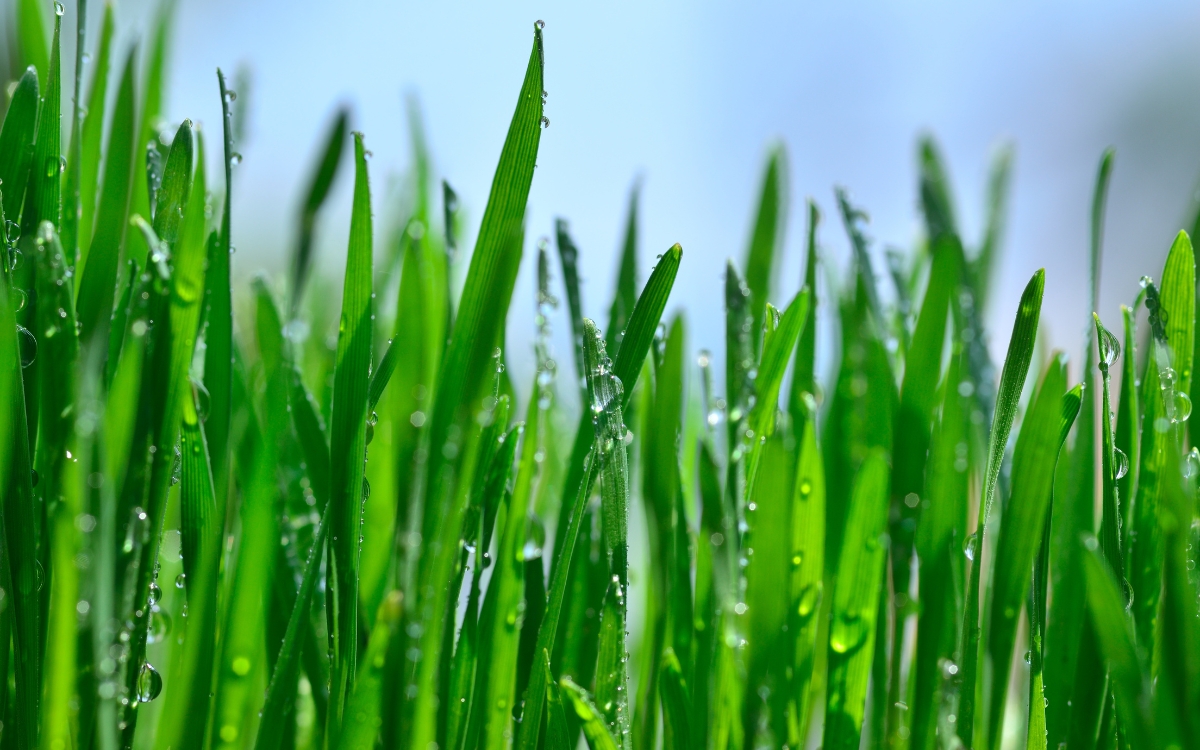
Myth 1: Wheatgrass is a Weed and Will Overrun Your Lawn
Dispelling Misconceptions about Wheatgrass
One of the most prevalent myths surrounding wheatgrass is the mistaken belief that it is a weed and will aggressively take over your lawn, choking out other plants and ruining the overall appearance of your yard. However, it is essential to understand that this misconception arises due to a lack of clarity about the actual nature of wheatgrass.
Clarifying the Difference between Wheatgrass and Common Weeds
First and foremost, it is crucial to distinguish between wheatgrass and common lawn weeds. While weeds can be invasive and troublesome for lawn care, wheatgrass does not fall into this category. Weeds are often unwanted, wild plants that tend to grow rapidly and spread aggressively. On the other hand, wheatgrass is a cultivated grass species that has been intentionally sown in lawns and gardens for various purposes.
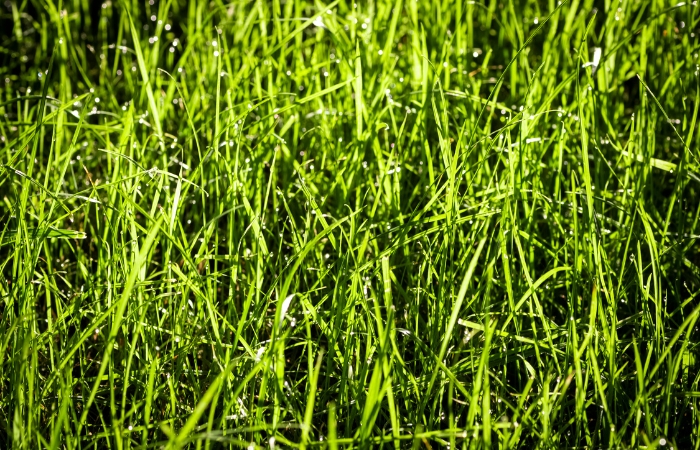
Understanding the Growth Habits of Wheatgrass
Wheatgrass does have vigorous growth capabilities, but it differs significantly from typical lawn weeds in its behavior. Unlike weeds that may propagate through airborne seeds or rapidly multiplying underground rhizomes, wheatgrass grows in clumps or bunches. It does not possess the same creeping or spreading characteristics that make weeds a nuisance for gardeners.
The Controllability of Wheatgrass
Another aspect that sets wheatgrass apart from weeds is its controllability. Weeds are notoriously difficult to eradicate once they have taken hold in a lawn. They can outcompete other plants for nutrients, water, and sunlight, making them a constant battle for homeowners. In contrast, wheatgrass is far more manageable and does not aggressively outcompete other lawn plants.
Myth 2: Wheatgrass Requires Excessive Maintenance
Unraveling the Misconceptions about Wheatgrass Maintenance
Another common myth that often discourages homeowners from considering wheatgrass for their lawns is the belief that it demands excessive and labor-intensive maintenance. However, this misconception is not rooted in reality and may be preventing many from experiencing the numerous benefits that wheatgrass can offer as a low-maintenance lawn care option.
Highlighting the Low-Maintenance Nature of Wheatgrass
Contrary to the myth, wheatgrass is renowned for its low-maintenance requirements. Once established, a wheatgrass lawn typically demands significantly less attention compared to traditional lawn grasses. It is essential to understand that the maintenance needs of any lawn, including wheatgrass, can vary depending on factors such as climate, soil conditions, and lawn size. Nevertheless, in general, wheatgrass proves to be a practical choice for those seeking to reduce the time and effort spent on lawn care.
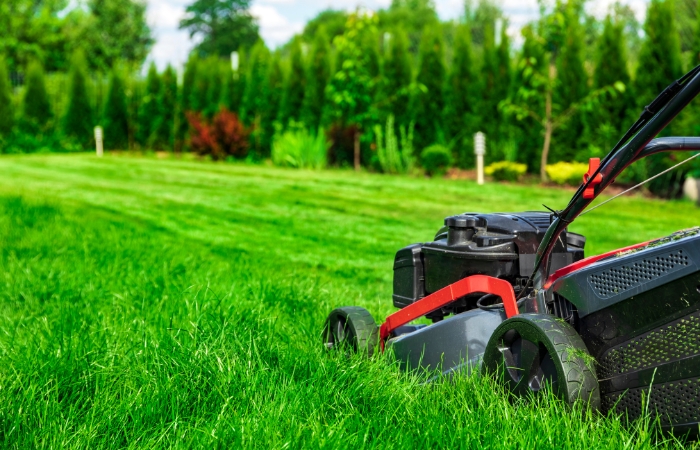
Resilience and Ability to Withstand Various Conditions
One of the reasons why wheatgrass is considered low-maintenance is its resilience. Wheatgrass has evolved to withstand various environmental conditions, making it hardy and adaptable to different climates. Once it takes root, it can endure droughts and minor fluctuations in temperature without much assistance. This inherent resilience reduces the need for constant watering and special care, contributing to the low-maintenance nature of wheatgrass lawns.
Minimal Fertilization Requirements
Wheatgrass lawns often require less fertilization compared to traditional lawn grasses. Unlike some turf grasses that demand regular feeding to maintain their lush appearance, wheatgrass can thrive in relatively nutrient-poor soil. Moreover, the decomposition of cuttings from regular mowing can serve as a natural fertilizer, promoting healthy growth and minimizing the need for additional chemical inputs.
Less Frequent Mowing
Mowing is an essential aspect of lawn care, and some homeowners may worry that wheatgrass would necessitate frequent mowing due to its rapid growth. However, the truth is that wheatgrass typically requires less frequent mowing than many common lawn grasses. Its clumping growth habit means that it does not spread rapidly like some creeping grass species, reducing the need for constant trimming.
Myth 3: Wheatgrass Competes with Other Plants for Nutrients
Clarifying Misconceptions about Wheatgrass Nutrient Competition
A common myth surrounding wheatgrass is the notion that it competes with other plants in the lawn for essential nutrients, potentially depriving them of the sustenance they need to thrive. However, it is important to understand the actual behavior of wheatgrass in relation to other lawn plants to dispel this misconception.
Explaining the Non-Competitive Nature of Wheatgrass
Contrary to the myth, wheatgrass is not an aggressive competitor when it comes to nutrients. While some plants may indeed outcompete others, leading to imbalances in the ecosystem, wheatgrass does not display this characteristic. In a well-maintained lawn environment, where nutrients are appropriately distributed, wheatgrass coexists harmoniously with other plants without engaging in excessive nutrient competition.
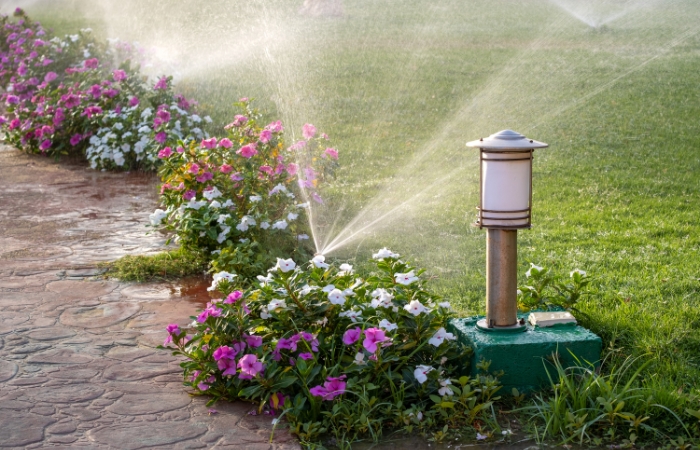
Complementary Roles of Wheatgrass in the Lawn
Wheatgrass can even play a beneficial role in the lawn ecosystem by contributing to nutrient cycling. Like all plants, wheatgrass absorbs nutrients from the soil to support its growth. However, when it is properly mowed and its clippings are left on the lawn, these cuttings eventually decompose and release the nutrients they contain back into the soil. These nutrients can then become available to other lawn plants, creating a symbiotic relationship rather than a competitive one.
Balanced Lawn Nutrition Management
Effective lawn nutrition management is key to maintaining a healthy and thriving lawn with a mix of different plants, including wheatgrass. Implementing proper fertilization techniques and ensuring that all areas of the lawn receive adequate nutrients can prevent any potential competition for sustenance among the different plant species. This balanced approach ensures that all plants in the lawn, including wheatgrass, receive the nutrients they need to flourish.
Myth 4: Wheatgrass Causes Lawn Allergies
Addressing Misconceptions about Wheatgrass and Allergies
A prevalent myth surrounding wheatgrass is the belief that it can trigger lawn allergies, leading to discomfort and health issues for those who spend time outdoors. However, it is essential to clarify the relationship between wheatgrass and allergies to understand the actual risks and dispel any misconceptions.
Dispelling the Link Between Wheatgrass and Allergies
Contrary to the myth, wheatgrass itself is not a common allergen that causes lawn-related allergies. Allergies to grass pollen are usually triggered by certain species of turf grasses rather than wheatgrass. The proteins present in specific grass pollens, such as Bermuda grass or Timothy grass, are more commonly associated with allergic reactions in some individuals.
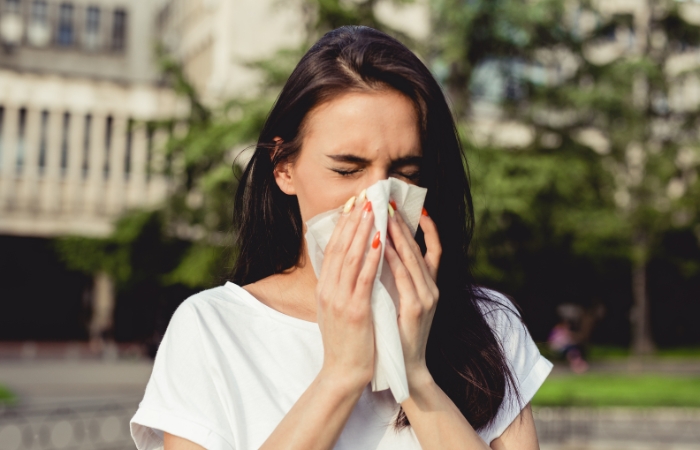
Identifying the Actual Culprits Behind Lawn Allergies
When people experience lawn allergies, it is more likely due to the airborne pollen from various grass species commonly found in lawns, not from wheatgrass. Different grasses release pollen at different times of the year, and for allergy-prone individuals, exposure to these pollen grains can lead to symptoms like sneezing, runny nose, and itchy eyes.
Managing Lawn Allergies
If someone in the household has grass pollen allergies, there are several ways to manage the issue without removing wheatgrass from the lawn. Regular mowing, particularly before the grasses produce mature seed heads, can significantly reduce the pollen count in the immediate environment. Additionally, keeping the lawn well-watered can help minimize airborne pollen, as it weighs down the pollen grains, making them less likely to become airborne.
Myth 5: Wheatgrass is Prone to Pests and Diseases
Unraveling the Misconceptions about Wheatgrass Vulnerability
A common myth that dissuades some homeowners from considering wheatgrass for their lawns is the belief that it is highly susceptible to pests and diseases. However, it is essential to separate fact from fiction and understand the actual pest and disease resistance of wheatgrass to make an informed decision about lawn care.
Examining the Natural Pest-Resistant Properties of Wheatgrass
Contrary to the myth, wheatgrass has natural pest-resistant properties that make it less vulnerable to certain lawn pests. While no plant is entirely immune to pests, wheatgrass is known for its ability to withstand certain insects that commonly afflict lawns. Its tough and fibrous leaves are less appealing to some pests, making it a less favorable target compared to more tender grass varieties.
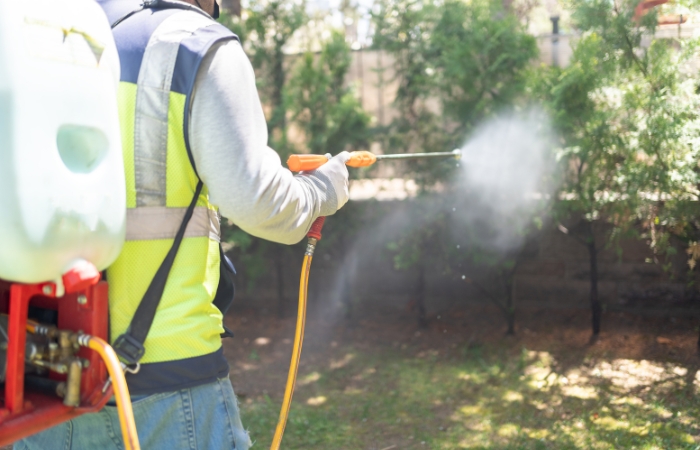
Providing Tips on Preventing Diseases and Promoting a Healthy Wheatgrass Lawn
To maintain a healthy wheatgrass lawn, it is essential to implement proper lawn care practices that help prevent diseases. Avoid overwatering, as excessive moisture can lead to fungal infections and diseases. Ensuring good drainage and allowing the soil to dry out between watering can help mitigate these risks. Regular mowing at the appropriate height can also promote airflow and reduce the likelihood of disease development.
Selecting Resilient Wheatgrass Varieties
Choosing the right wheatgrass variety can also contribute to a healthier and more resilient lawn. Some wheatgrass species and cultivars have been bred to exhibit better disease resistance, providing an added layer of protection against potential issues. Consulting with local lawn care experts or nurseries can help homeowners identify the best wheatgrass variety for their specific location and climate.
Conclusion
Gone are the worries of high maintenance, pest invasions, and disease susceptibility that might have kept you from considering this sustainable landscaping option. Armed with the right information, you can now confidently nurture a verdant and resilient wheatgrass lawn that will grace your outdoor space for years to come.


